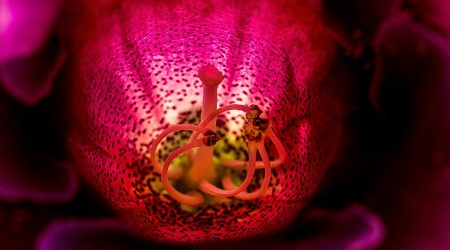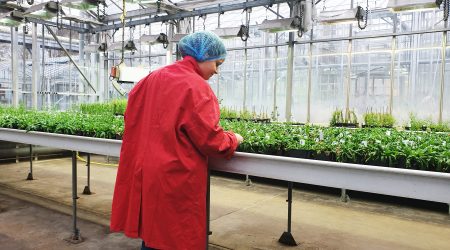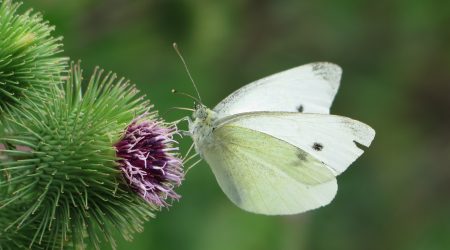Introduction to issue 35; Summer 2021
In June 2021 we launched a Directors blog. The first topic that our Director, Professor Dale Sanders FRS tackled was the need for a mix of both fundamental and translational science within the institute, and how we achieved a strategic balance.
It takes a mixture of research topics, approaches and people to maintain a creative, curious and innovative culture. This blog, and all future Director’s blogs, can be found here.
In this issue of Advances we take a look at some of the more fundamental side of this balance – research that is primarily driven by curiosity, to investigate and understand the sights, smells, shapes and senses of plants.
Plants stimulate our senses, and they also have their own senses; emitting smells to communicate with other organisms, communicating within and between cells when under attack, and using shape and colour to attract pollinators, tell the time, photosynthesise and distribute their seeds more effectively.
We meet the Dean group, who study how plants sense and remember cold. Professor Dame Caroline Dean’s career, spanning over three decades at the John Innes Centre is rooted in a simple question ‘how do plants know when winter is over?’, because timing is critical.
We also celebrate another milestone for Professor Dame Dean, who was awarded the Wolf Prize in agriculture last month. This prize is a remarkable achievement for a remarkable role model, mentor and scientist.
All of this research may, one day in the future become societally or economically relevant but the journey begins with a question – a what, why, when, where or how, and a drive to understand more about how these organisms function.





